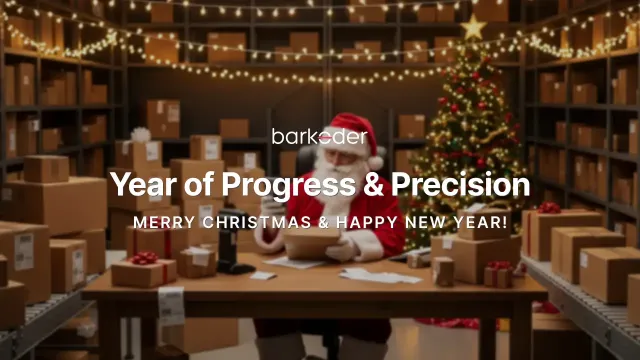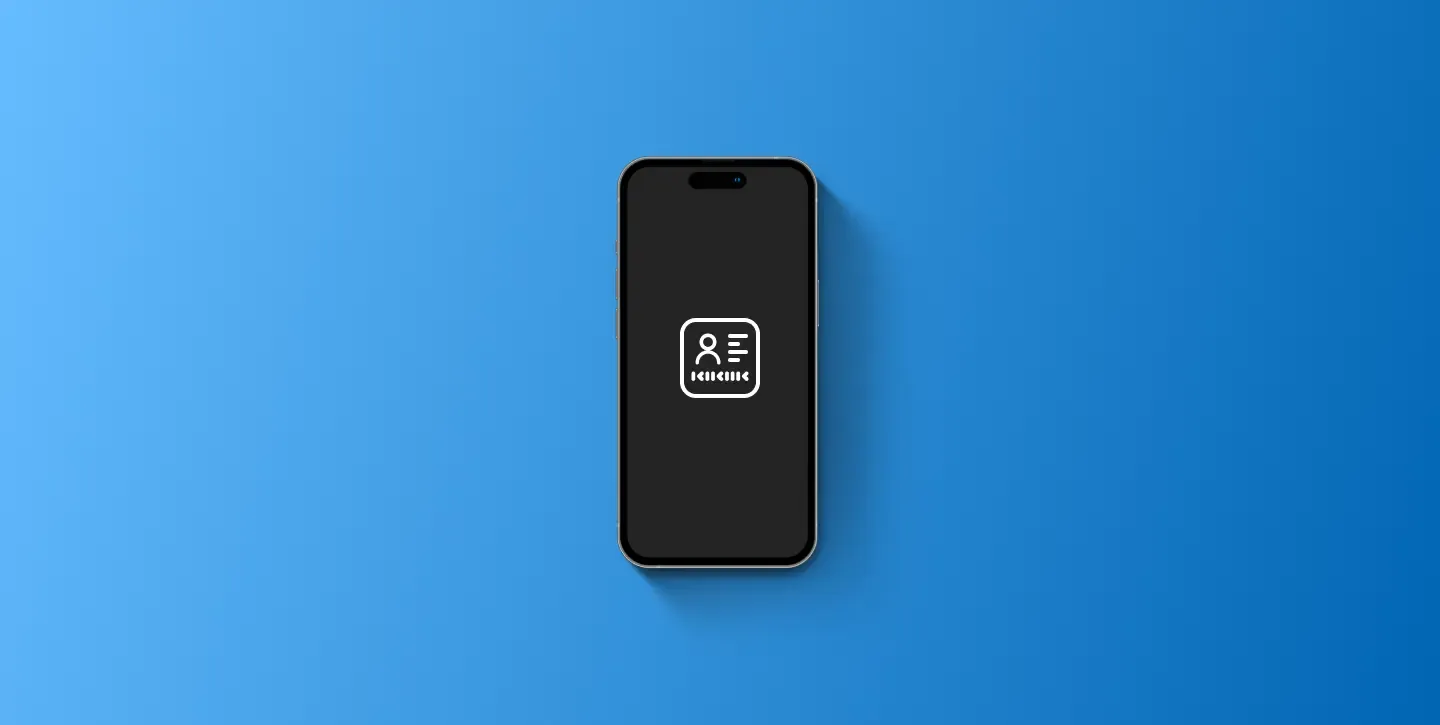
barKoder MRZ scanning performance against other barcode scanner sdks
In the digital age, fast and reliable barcode scanning is vital for a wide range of industries, from retail to travel and logistics. One particular area of growing interest is the MRZ (Machine Readable Zone) scanning, typically used in passports and identity documents.
Various SDKs (Software Development Kits) offer MRZ scanning capabilities, and as expected they have various success rates with MRZ scanning.
In this blog, we will dive into how barKoder’s MRZ scanner stacks up against the other MRZ scanners. We'll explore key performance factors such as accuracy, speed, compatibility, and ease of integration.
What is MRZ Scanning?
So what exactly is MRZ scanning? MRZ scanning extracts critical data from the machine-readable zone of documents, particularly travel-related IDs such as passports and visas. They store personal data and information, such as name, nationality, passport number, and expiration date.
MRZ scanning is essential in applications like border control, immigration, and identity verification.
1. Accuracy and Recognition
The most critical factor in evaluating any MRZ scanner is accuracy—how reliably it reads MRZ codes under various conditions such as lighting, angles, and document quality.

- barKoder SDK: barKoder boasts an impressive accuracy rate even with low-resolution images or under suboptimal lighting conditions. Using advanced image processing algorithms combined with machine learning training data barKoder can extract data reliably from skewed or slightly distorted images.
- Other SDKs: While many SDKs, such as Scandit or Scanbot, also offer strong MRZ reading capabilities, they sometimes struggle under poor lighting or with blurred images. The Google Vision API, another major player, is strong in high-resolution environments but less forgiving with lower-quality input.
Verdict: barKoder’s MRZ scanning accuracy competes well, particularly in handling diverse conditions.
2. Speed and Efficiency
In applications like airport immigration control, speed is paramount. Scanning delays can lead to poor user experiences or operational inefficiencies.

- Barkoder SDK provides quick processing times, typically within milliseconds. It's engineered for high-speed operations on mobile devices, maintaining excellent scanning speeds even with large datasets or complex MRZ formats.
- Other SDKs: Competitors such as Zebra and Scandit offer similarly fast scanning times. However, barKoder has the edge when processing low-light images without sacrificing speed. Open-source alternatives, while functional, tend to lag behind commercial SDKs in terms of speed.
Verdict: barKoder excels in maintaining a balance between speed and accuracy, particularly for mobile and web-based applications.
3. Compatibility and Platform Support
MRZ scanning needs to be versatile, working across a wide array of platforms - whether in iOS, Android, or web applications. That usually is a complicated matter and a lot of platforms stay unsupported.
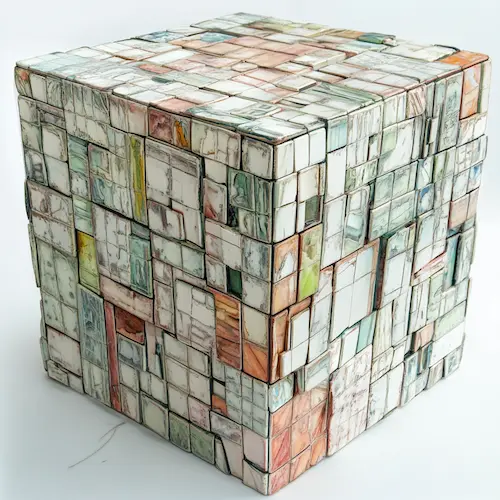
- Barkoder SDK is known for wide platform compatibility, supporting iOS, Android, and WASM. The SDK also supports integration with various third-party apps, and comes with a strong developer documentation for easy integration.
- Other SDKs: Competitors like Google Vision also offer robust cross-platform support but may lack the same degree of MRZ-specific optimizations. Some SDKs, such as Scanbot, focus more on industrial use cases, which might limit flexibility in certain applications.
Verdict: Barkoder’s broad platform compatibility makes it suitable for various use cases, from mobile apps to web-based services.
4. Ease of Integration
For developers, the ease of integrating an SDK into existing systems is critical. A well-documented, easy-to-use SDK saves time and reduces development costs.

- Barkoder SDK prides itself on its developer-friendly API, with detailed documentation and responsive customer support. Its SDK is modular and easy to plug into existing applications, which minimizes the setup time. The ability to customize settings (like image quality thresholds or scanning parameters) gives developers more control over their implementation.
- Other SDKs: Other SDKs like Scandit and Scanbot also provide good integration support but sometimes lack the depth of customization options that Barkoder offers. The Google Vision API, while easy to use, does not offer the same level of control for MRZ-specific tasks, making it less versatile for specialized use cases.
Verdict: Barkoder stands out for its ease of integration and customizable scanning parameters, which is a bonus for developers working on bespoke applications.
5. Cost Effectiveness
While free or open-source SDKs might be appealing, commercial SDKs offer specialized features and support that justify the investment. While barKoder is a paid solution, it's extremely cheap, so you can throw your money at something else. Our SDK won't be the drag on your project.

- Barkoder SDK offers competitive pricing for its feature set, making it accessible to small and medium-sized enterprises (SMEs). The SDK offers different pricing tiers based on usage volume and features, giving developers flexibility to choose the right plan.
- Other SDKs: Google’s Vision API is cost-effective but lacks advanced MRZ optimization. Scandit is another strong competitor but tends to be more expensive, especially for high-volume enterprise-level usage.
Verdict: barKoder provides a solid balance between cost and performance, making it a great choice for companies that require reliable MRZ scanning without breaking the bank.
6. Testing, testing, testing...
In order to establish the above statement, we made a series of internal tests in which we compared the reading rate of most providers in our competitive landscape, utilizing the some damaged and hard-to-read MRZ Samples ( Passport, ID and Visa ) from real-life samples but also easy to read but some what obscure samples that we have in our database. A total of 90 samples were utilized, we are going to share a few of them, some we can't share due to privacy concerns and some we just don't have the room to show here. Anyway here are some of the images:
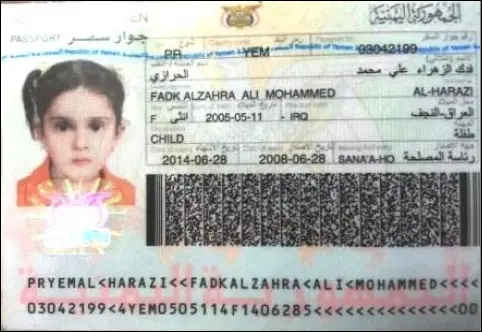
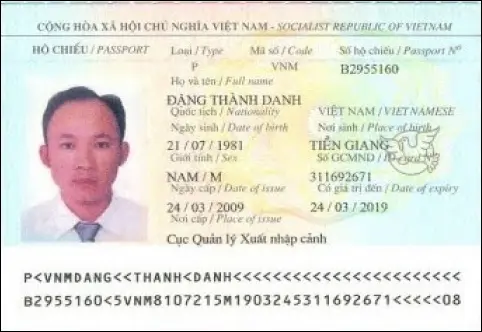
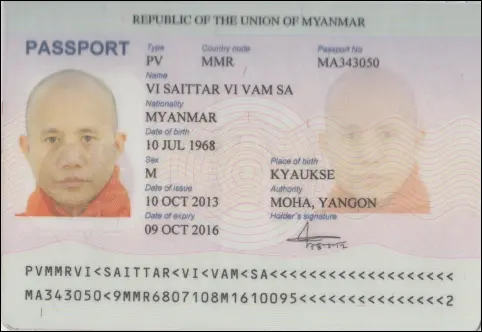

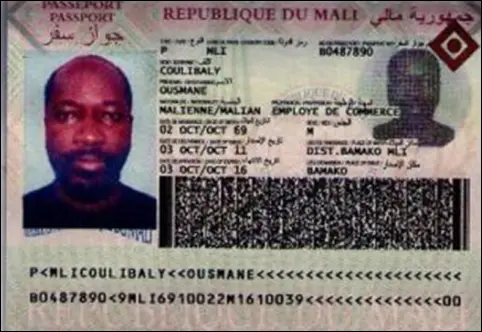
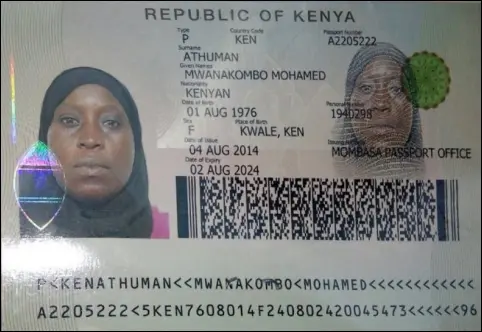
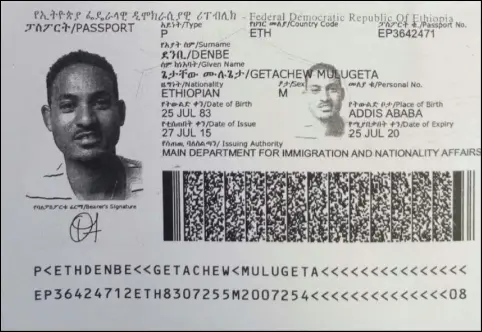
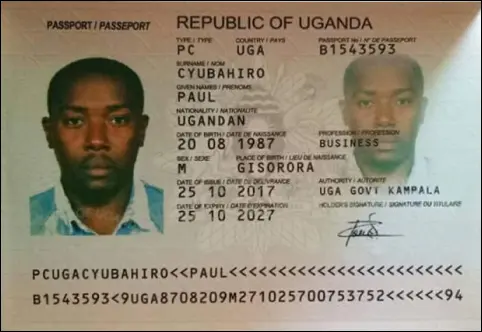
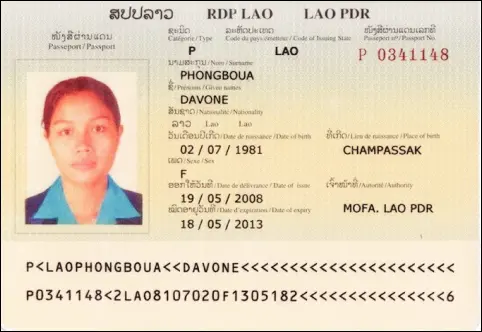


The list obviously goes on, and out of 90 samples we managed to come up with the following result:
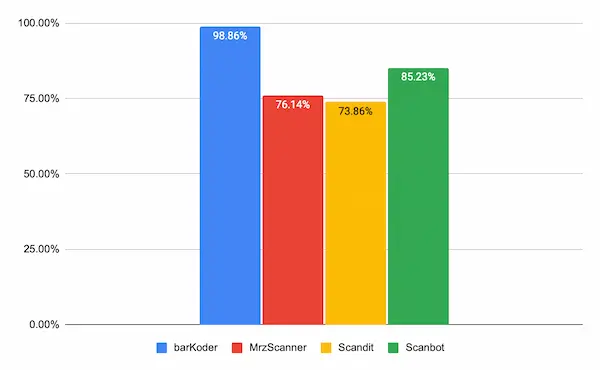
Conclusion
When it comes to MRZ scanning performance, barKoder proves to be a reliable, fast, and developer-friendly option compared to other barcode scanning SDKs. Its ability to handle diverse environments, maintain high speed and accuracy, and offer easy integration makes it a top contender in the barcode scanning space.
If you're developing applications that require MRZ scanning, barKoder is worth considering as your go-to SDK for precision and performance.





